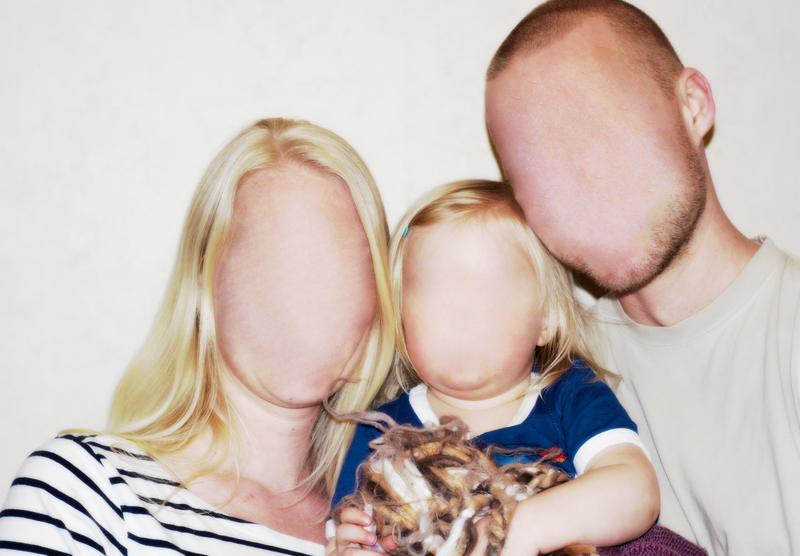Face blindness or prosopagnosia is a real, debilitating disorder. A new Harvard study has revealed that the condition was more common than previously thought.
The study, published in the journal Cortex, found face blindness affects one in 33 people, up from the previous estimate of one in 40 people.
“Face blindness… can be caused by a brain injury to occipital or temporal regions, referred to as acquired prosopagnosia, which affects one in 30,000 people in the United States,” Joseph DeGutis, Harvard Medical School associate professor of psychiatry at VA Boston and senior author of the study, told Harvard Medicine News.
There is another type of prosopagnosia caused by genetic or developmental abnormalities. This condition affects people as a lifelong condition and is way more common.
“[That is] referred to as developmental prosopagnosia,” DeGutis said, IFLScience reported. “[It] affect[s] one in 33 people.”
In the study, more than 3,000 participants were enrolled in a web-based questionnaire and two objective tests. After asking if they faced any difficulty recognizing faces, the researchers tested how hard it was for participants to remember new faces as well as recognize famous faces.
Following analysis, over 100 subjects were found to experience some form of face blindness. Specifically, out of the 3,341 subjects, 31 people had “major” prosopagnosia, while another 72 participants had a milder form of the disorder, the study found.
The statistics come to be one in 33 people affected by the condition, which is more common than the one in 40 people estimate, earlier believed to be true.
The difference in the incidence rate is due to strict diagnostic criteria, according to DeGutis and his team.
“The majority of researchers have used overly strict diagnostic criteria and many individuals with significant face recognition problems in daily life have been wrongly told they do not have prosopagnosia,” DeGutis noted.
“Expanding the diagnosis is important because knowing that you have real objective evidence of prosopagnosia, even a mild form, can help you take steps to reduce its negative impacts on daily life, such as telling consequential coworkers, or seeking treatment,” DeGutis continued.
Researchers also opined prosopagnosia is a spectrum disorder as opposed to a single-defined condition.
“Prosopagnosia lies on a continuum,” DeGutis said. “Stricter vs. looser diagnostic criteria employed in prosopagnosia studies in the past 13 years have identified mechanistically very similar populations, providing justification for expanding the criteria to include those with milder forms of it.”
With the revelation brought on by their study, the researchers wish to help people who unknowingly have the disorder.
“In a world where social isolation is on the rise, especially in teens and young adults, fostering and maintaining social bonds and good face-to-face interactions are more important than ever,” DeGutis concluded.


